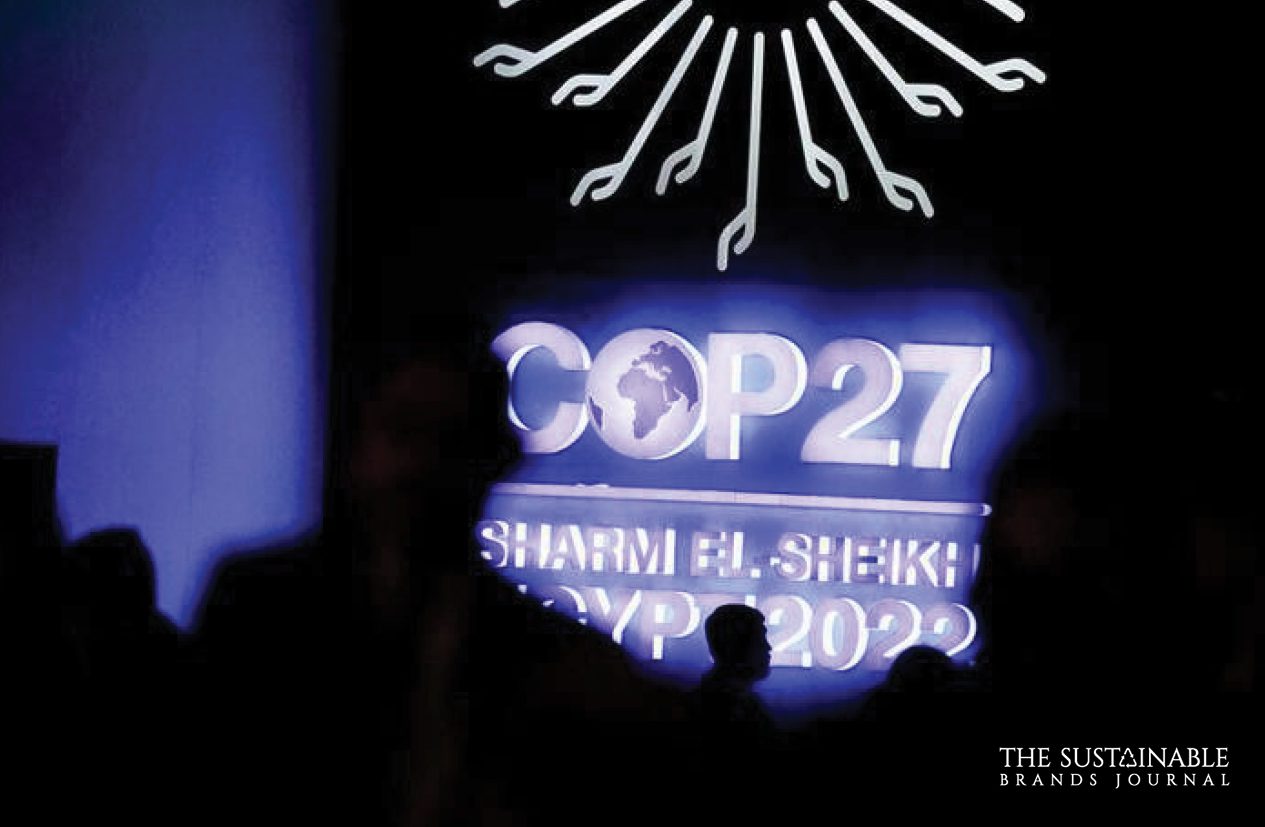
Sustainable fashion: What you need to know about reusing clothes
The fashion business is experiencing a revolutionary change towards sustainability at a time when environmental awareness is of the utmost importance. The novel practice of clothing recycling is one of the main factors behind this shift. The convergence of sustainable fashion and recycling is reshaping our perception and consumption of clothing, and this blog will explore the nitty-gritty of this phenomenon.
The Development of Sustainable Clothing Fashion
The movement toward more environmentally friendly clothing is a sea change, not a passing trend.
Sustainable alternatives are gaining popularity as shoppers realize the harmful effects of fast fashion on the environment. Reducing their environmental impact is becoming more important to sustainable clothing brands, and recycling is a key component of this shift.
Also Read: Sustainable Fashion Brands
Why Textile Recycling Is Beneficial
Recyclable textiles have multiple benefits. It lowers the demand for new materials, which aids in resource conservation. The production of new textiles also has the potential to reduce energy consumption and emissions of greenhouse gases. Finally, recycling textiles may help the circular economy and provide jobs.
Resource Conservation
Textile recycling is essential in reducing the need for new materials, which in turn helps to conserve important resources.
Decreased Emissions
By reusing and recycling old clothing, we can cut down on the amount of energy and greenhouse gases used to make new garments.
Circular Economy
By reincorporating discarded textiles into the manufacturing cycle, textile recycling contributes to the circular economy concept, which aims to decrease waste by reusing materials.
Job Creation
From collecting to processing, the textile recycling process creates job possibilities at every step.
A recycling strategy for clothes
By using a circular economic model, fashion recycling questions the conventional wisdom of the “take, manufacture, dispose” cycle. Recycling and reusing materials is key to the circular fashion model’s focus on maximizing the useful life of resources.
Here, recycling in fashion becomes important for lowering the fashion industry’s impact on the environment.
How clothes recycling works
The term “clothes recycling” refers to the process of gathering used clothing items, sorting them, and then making something new out of them.
Collecting gently worn garments is the first step in most recycling programs, take-back campaigns, or dedicated recycling centers.
Sorting, washing, and processing the clothing according to their composition is the next step after collection.
Innovative strategies for recycling clothes
Recycling clothes is progressing due to new technology. These innovations allow for more effective and sustainable utilization of resources, whether it’s through chemical processes that degrade textiles into their original fibers or mechanical processes like shredding and tearing.
In addition, state-of-the-art methods like 3D knitting make it possible to make brand-new clothes out of old ones.
Many well-known clothing companies are leading the way in eco-friendly initiatives, such as recycling clothes.
These innovators are including customers in the recycling process and are also changing the way they make products. Sustainable clothing fashion icons use recycled materials in their designs and promote the recycling of old clothes.
The effects of recycling clothes on the environment
There are significant positive effects on the environment from recycling clothes. It reduces the strain on natural resources and the environmental damage caused by the textile industry by keeping used materials out of landfills.
In comparison to manufacturing brand-new textiles, recycling in fashion also helps save energy and reduces emissions of greenhouse gases. It’s a comprehensive method that takes into account the whole garment’s lifespan.
Challenges and Opportunities
Reusing and recycling clothes as part of sustainable fashion is gaining popularity, but there are still difficulties to overcome.
The absence of defined procedures, consumer awareness, and the complexity of textile recycling are some of the issues that prevent its wider adoption. Despite the difficulties, there are chances to work together, innovate, and build a better recycling system.
The Consumer Role
For clothing recycling programs to be successful, customer involvement is important. It has to be done to inform people about how their fashion choices affect the environment and to promote proper disposal methods.
By providing discounts or benefits for returning old clothes, brands may encourage recycling in fashion even more and make shoppers feel responsible.
Wrapping It Up
Recycling clothes, coupled with the dedication of sustainable brands, is catalyzing a profound transformation in the fashion industry. Beyond being a mere trend, it represents a paradigm shift towards a circular economy, emphasizing environmental stewardship. Both manufacturers and consumers can play a role in creating a more sustainable and ethical fashion industry by learning about clothing recycling. If we work together, we can create a more sustainable future by rethinking the fashion industry and how we buy, sell, and use clothes.

Prachi, an accomplished Chief-Editor at The Sustainable Brands Journal, has 15+ years of experience in Europe, the Middle East, and India, managing 90+ global sustainable brands. She’s a prolific writer in sustainability, contributing to various publications. Prachi’s unwavering passion and expertise make her a recognized authority, driving positive change and inspiring a sustainable future.





